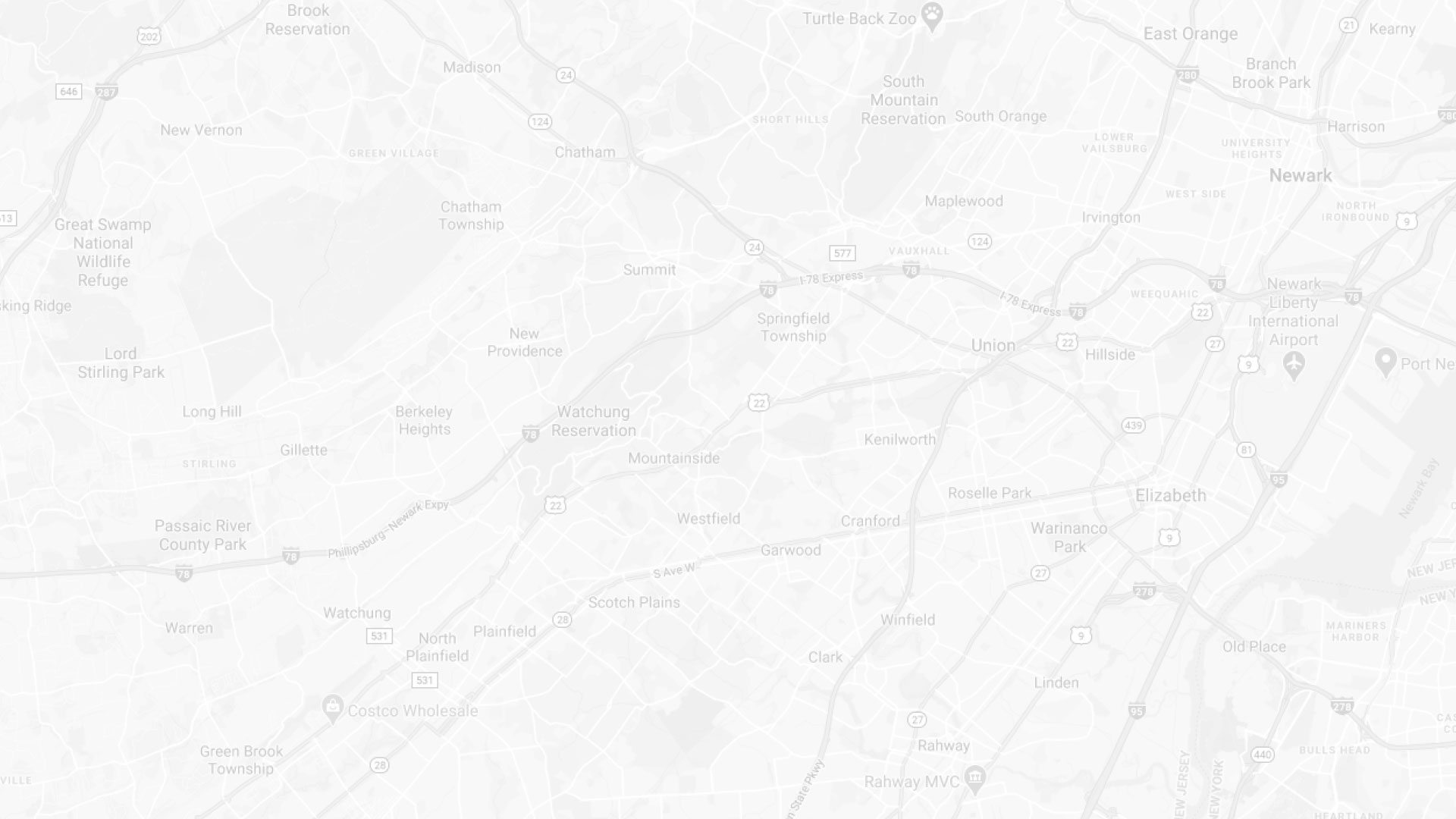Frequently Asked Residential Underground Tank Removal Questions - Answered By Brink's Tank & Environmental Services
What Does Removing An Oil Tank Entail?
In order to properly remove an oil tank, you must first evaluate the site for the tank’s location and any other present factor’s which may inhibit the tank’s removal. Once the manner in which the tank is to be removed is determined, you must next apply for and obtain a permit from the local municipality and schedule a inspection date with the relevant municipal inspector. On the day of the removal, the technicians will arrive with an Excavator, excavate the tank, stockpile the soil, cut a hole in the top of the tank (if not already done so), properly remove and store any contents present in the tank, remove the tank, and finally backfill the excavation with certified clean fill and the previously stockpiled overburden.
How Do I Obtain A Quote To Remove A Tank?
Contact our office at (844) GO-BRINK (908-964-6534) or by emailing us at info@brinksconsulting.com to speak with one of our representatives about setting up a free site visit. We have technicians on staff who can pinpoint the exact location of the tank and perform a site evaluation to determine what steps would be necessary to facilitate the tank’s removal. After the completion of the site visit, a free proposal will be sent to you by email or postage.
Who Is Responsible For Obtaining The Permit And Scheduling With The Town Inspector?
Our staff handles the permitting process entirely. We arrange all necessary inspections and provide the municipal authorities with the necessary documents to obtain the certificate of approval after the tank removal.
How Is It Determined Whether Or Not The Tank Leaked?
Once the tank has been removed from the ground, our technicians completely clean the interior and the exterior of it. The township inspector performs a visual inspection to determine whether any holes are present in the tank. The tank cavity is then inspected for any signs of possible contamination in the soil. Should there be any signs that any oil may have been released, the tank is considered as leaking.
What Happens If My Tank Leaks?
If, during the township inspection, it is found that the tank leaked, the New Jersey Department of Environmental Protection will have to be informed. The NJDEP will open a case file on the property and you, as the property owner, will be responsible to remediate the contamination. Our technicians on site during the removal will obtain a soil sample to approximate the extent of the contamination. Once we have received the results of the soil test, we will contact you to put together a plan for remediating the soil.


